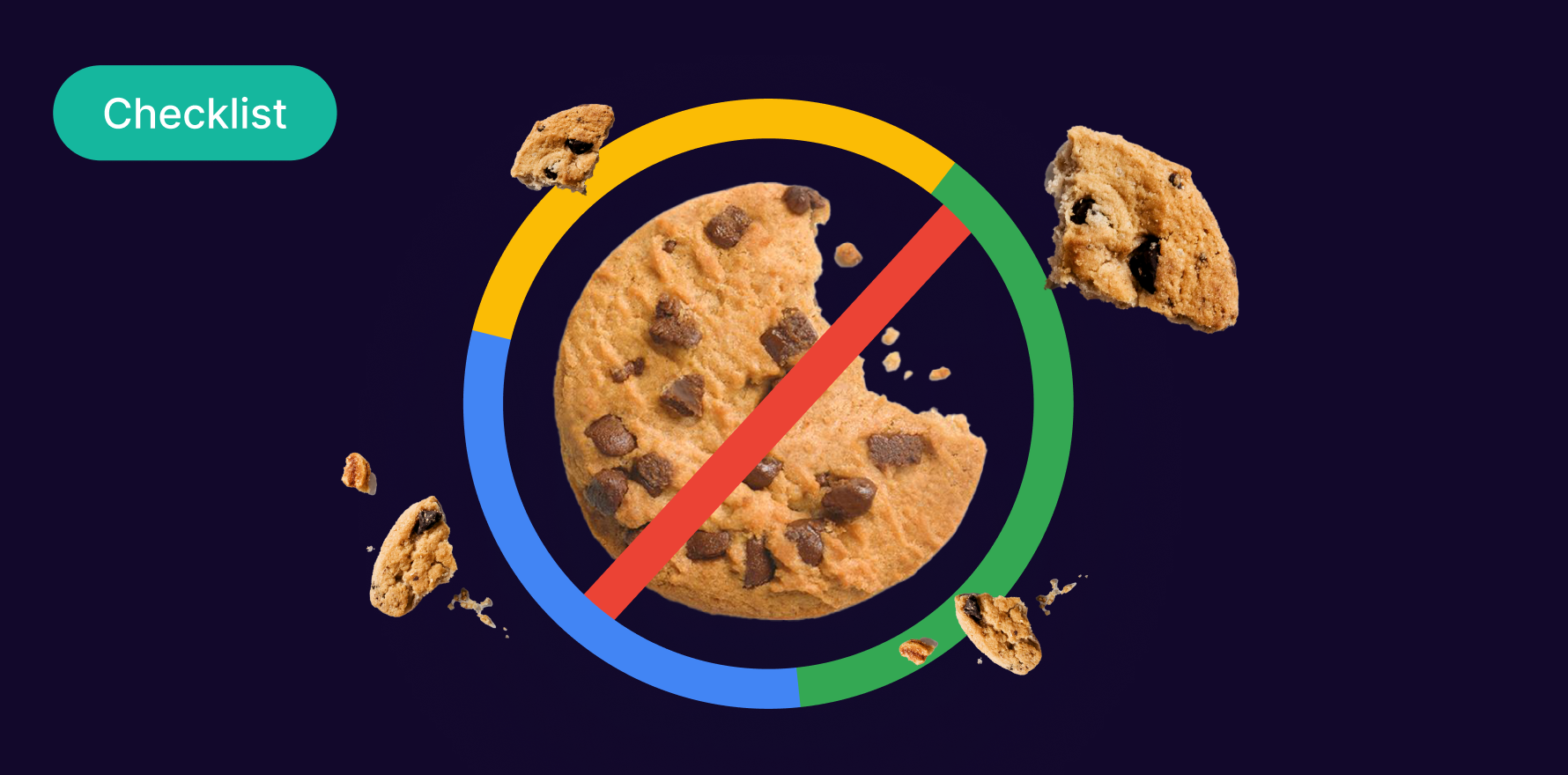What is Media Mix Modeling?
Media Mix Modeling is a measurement approach that assists marketers in understanding the true ROI of their marketing and advertising efforts. It leverages historical data to quantify the sales impact of different marketing channels – both traditional and digital. The model enables marketers to estimate and forecast the potential impact of future marketing strategies on an incremental basis. It means, it helps in understanding how changes in different media channels would affect sales or leads.
Formula
Example
Consider a company investing in various channels for advertising – Search Engine Optimization (SEO), Pay-Per-Click (PPC), TV advertising, Print media, Email marketing, and social media marketing. By utilizing MMM, this company can understand which channel impacts their sales or conversions the most and the least. If they see a massive amount of their conversions coming through from their email marketing campaign, they can decide to allocate more budget to this channel. On the contrary, if PPC is not generating a substantial number of conversions, they might choose to limit investment in it.
Why is Media Mix Modeling important?
MMM acts as a reality check for an organization’s marketing strategy. It provides a comprehensive view to understand which marketing activities are driving the desired consumer behavior and contributing to business revenue. By isolating the effect of each medium, MMM enables more efficient allocation of marketing budgets. It leads to optimized strategic decisions based on precise measurement of the return on marketing investment (ROMI) and thus, enhances the overall efficiency of the business.
Which factors impact Media Mix Modeling?
MMM can be improved by incorporating data from multiple sources and combining these with external data, such as competitor activities, economic indicators etc. Machine learning and advanced statistical techniques can also help create more accurate models. Moreover, marketers should continuously update their model and test its validity over time to ensure its relevancy and accuracy remain intact.
How can Media Mix Modeling be improved?
There are several factors that impact MMM, such as market conditions, competitive activity, product pricing, promotional activities, and distribution changes. It’s also impacted by both controllable and uncontrollable factors. Controllable factors include product price, campaign messages, and media selection, whereas uncontrollable factors comprise external influences like economic conditions and competitive dynamics.
What is Media Mix Modeling’s relationship with other metrics?
MMM shows a very close co-relation with various ecommerce metrics like sales, conversion rate, return on ad spend, cost per acquisition, etc. It directly feeds into these metrics to measure the effectiveness of the media mix. MMM helps in optimizing the ad spend for maximum conversion rates and reduces the cost per acquisition.
Free essential resources for success
Discover more from Lifesight
















